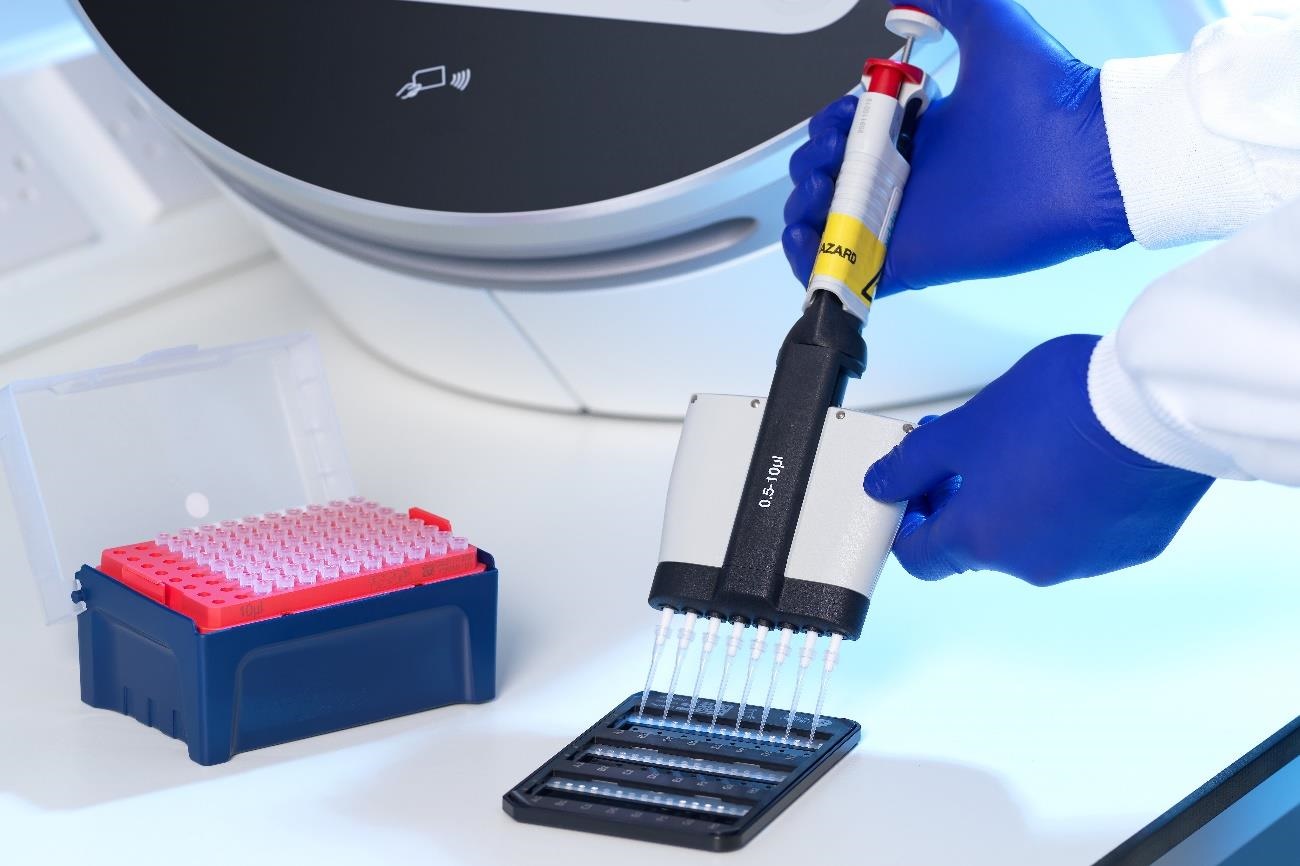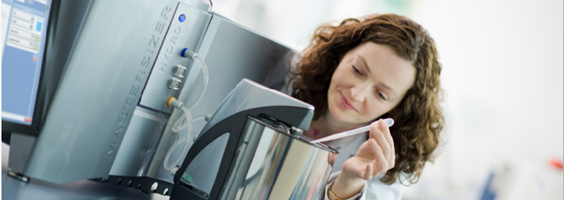| Did you know that in Australia, one person dies from melanoma every five hours? Melanoma is often referred to as ‘Australia’s National Cancer’ and is the third most common cancer in Australia. Most are caused by prolonged and repeated exposure to UV radiation in sunlight, but there are some melanomas that are not sun related, eg, Bob Marley famously died of an acral lentiginous melanoma on his toe in 1981. Melanocyte cells produce melanin to protect the deeper layers of skin but when unregulated or uncontrolled, melanomas can develop, metastasise and become life threatening. A team of researchers working at University of California, San Francisco, in collaboration with The Huntsman Institute, Utah aimed to investigate the mechanisms by which a benign mole (nevus) can switch from being stable melanocyte cells to cancerous melanoma cells. READ THE FULL ARTICLE- CLICK HERE The Role of HECTD2 Ubiquitin Ligase in Melanoma Progression  WATCH THIS SHORT VIDEO – CLICK HERE  FIVE COMPELLING REASONS TO USE LIVECYTE: 1. Nothing like it A huge array of analysis possibilities allow you to ask questions that no other system can answer – Dr Mat Hardman, University of Hull 2. Disrupts common theory Livecyte was used to disprove a long held theory about how stable nevus melanocytes switch to cancerous melanoma cells – Dr Robert Judson-Torres, Huntsman Institute 3. Expect the unexpected Livecyte has led to observations of unexpected cell behaviour when quantifying live-cell drug resistance – Dr Kurt Anderson and Dr Alix Le Marois, The Francis Crick Institute 4. See change as it happens Used primary prostate cells to study new cancer treatment – Professor Norman Maitland, University of York 5. Simplifying not simpler Managed to get a few months’ worth of work done in just one – Greg Perry, St George’s University of London |
Demos & Seminars in 2022 – Register your interest!  Uncover strange behaviours. See more at vimeo.com/Phasefocus |





 02 9541 3500
02 9541 3500


















































